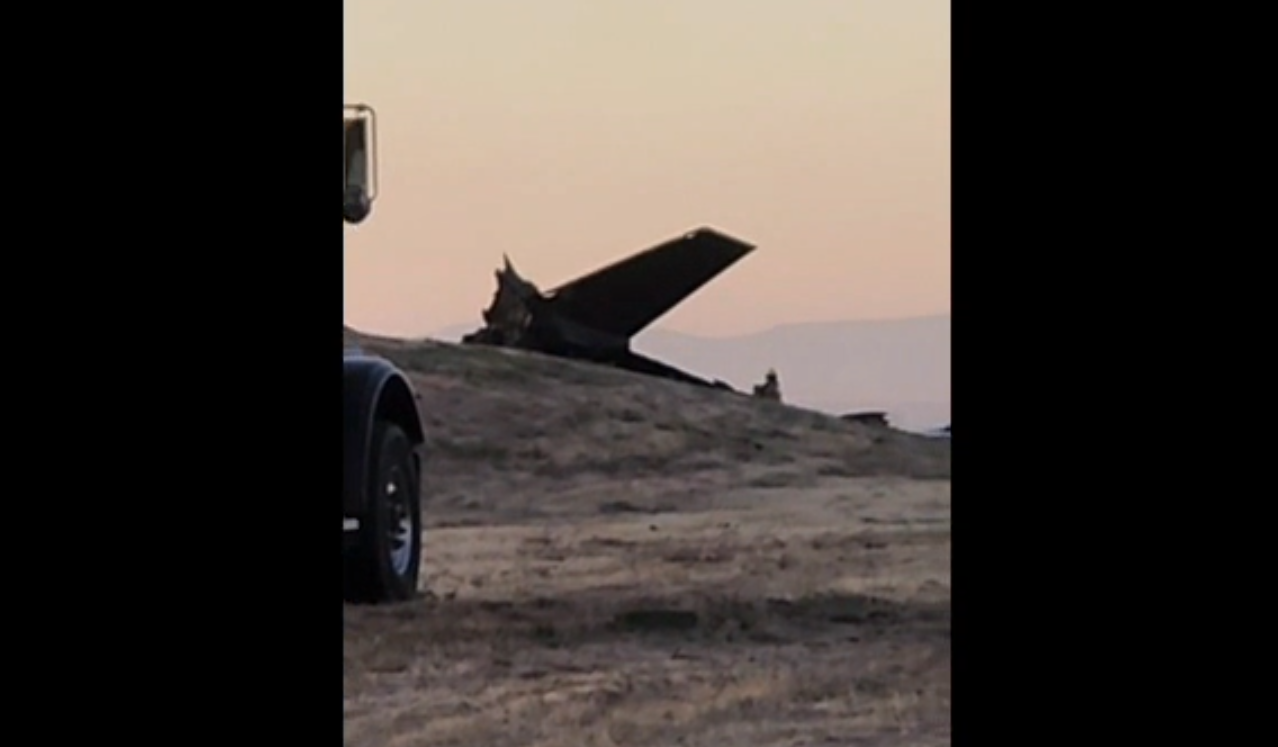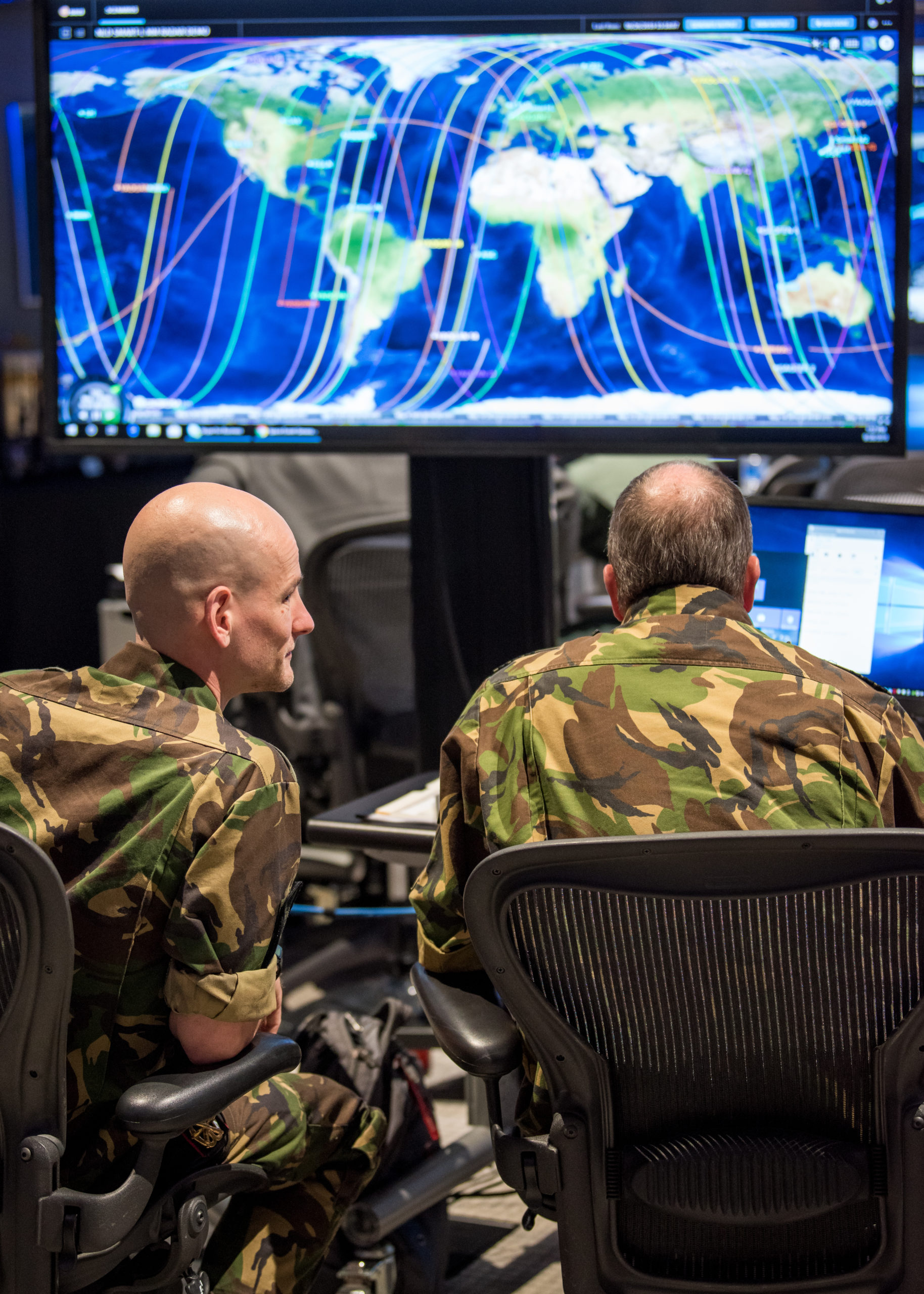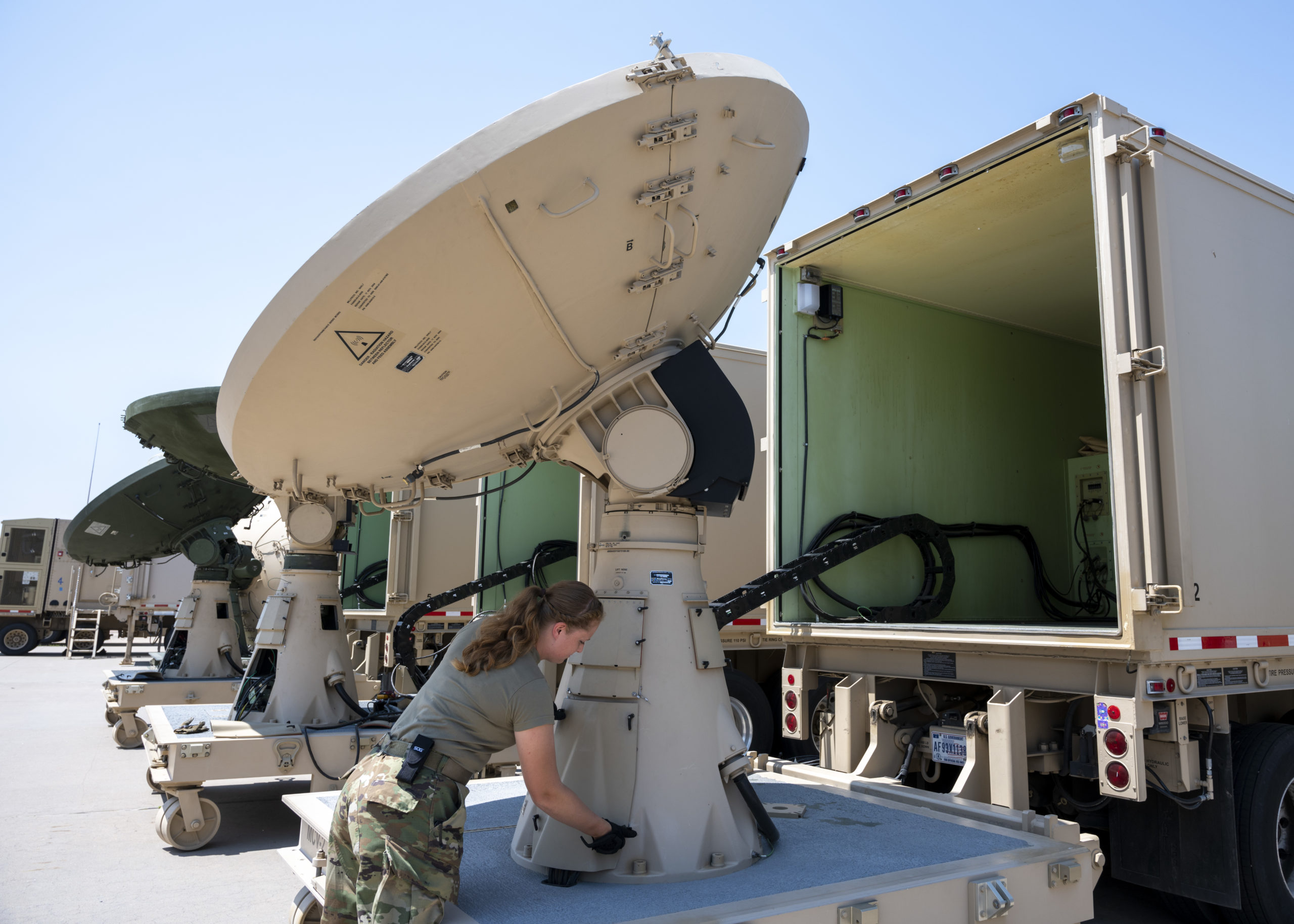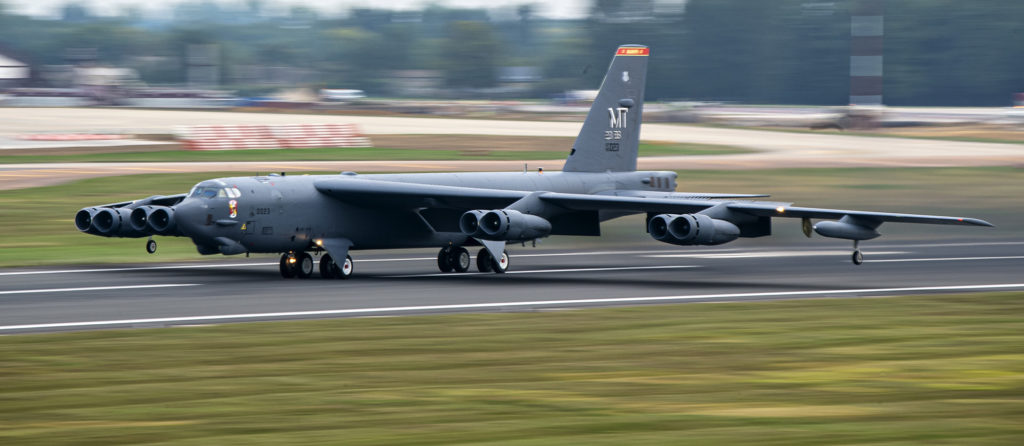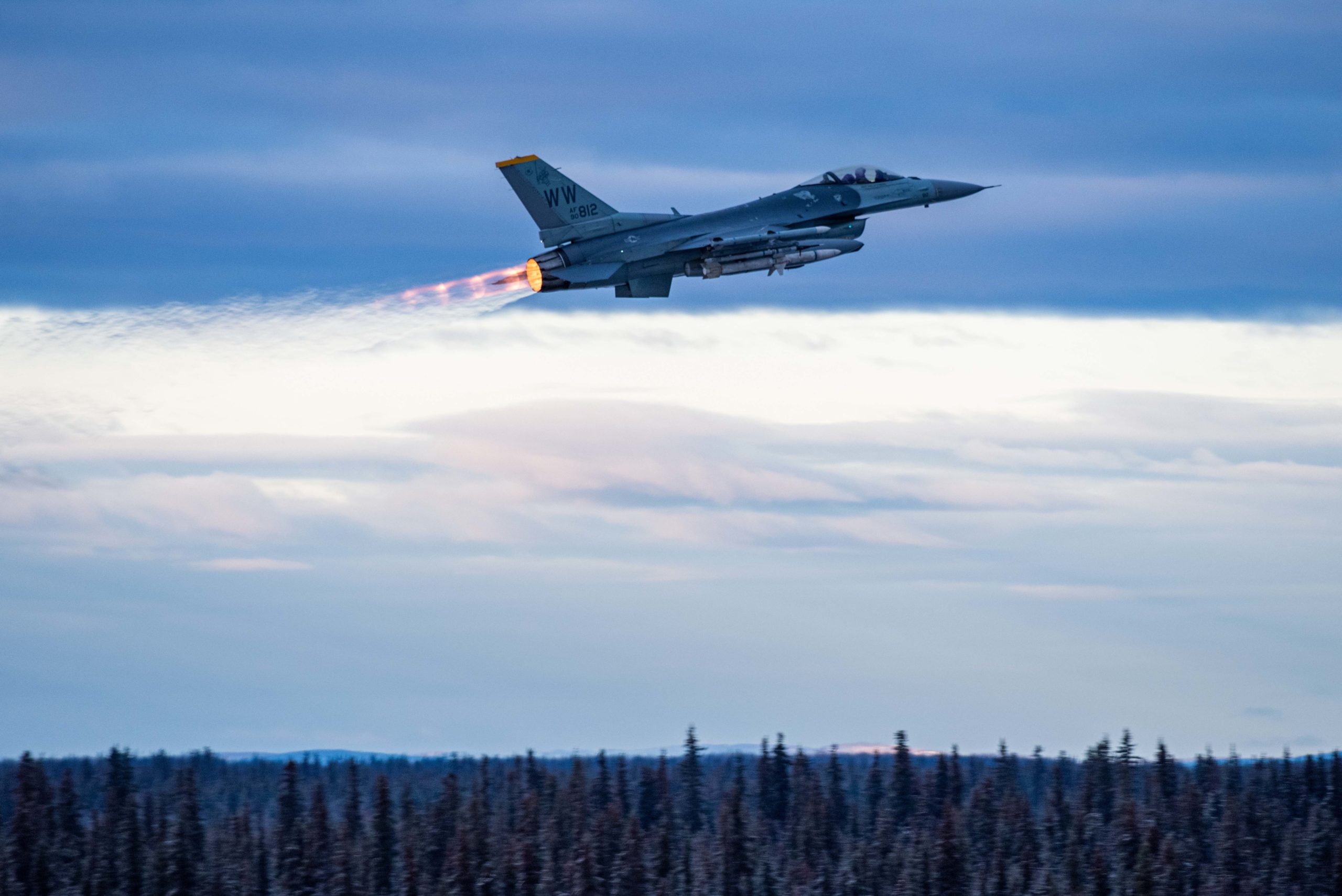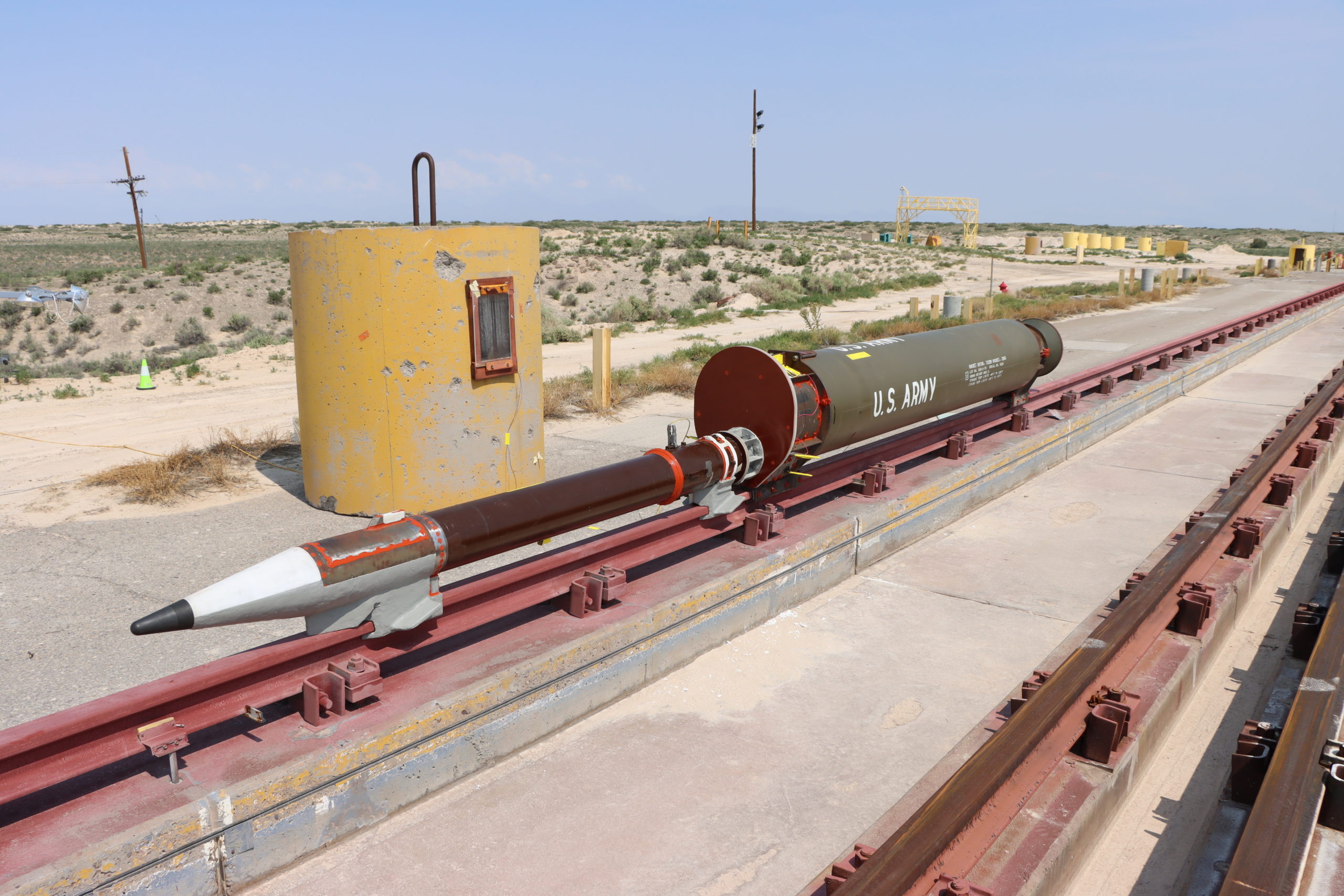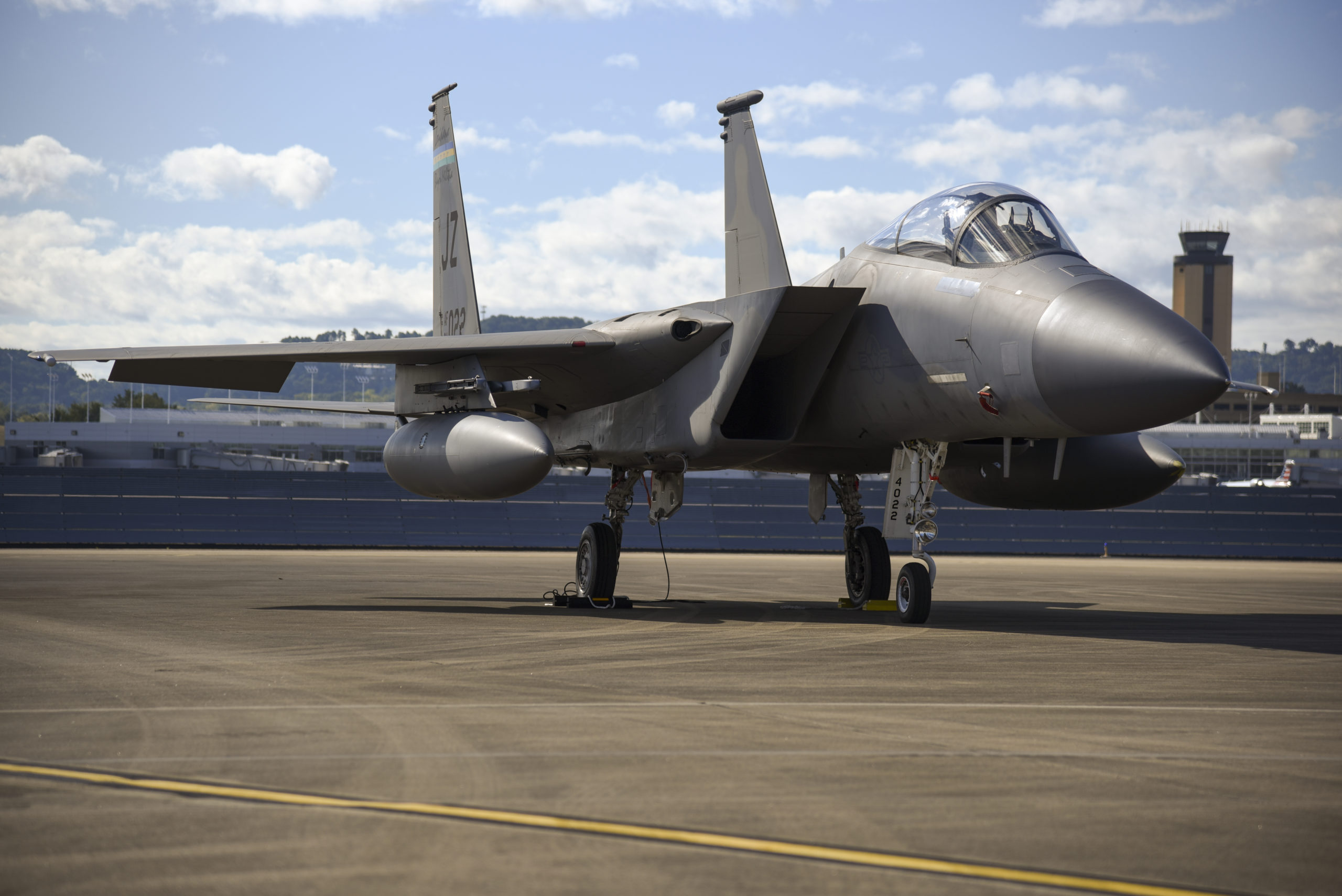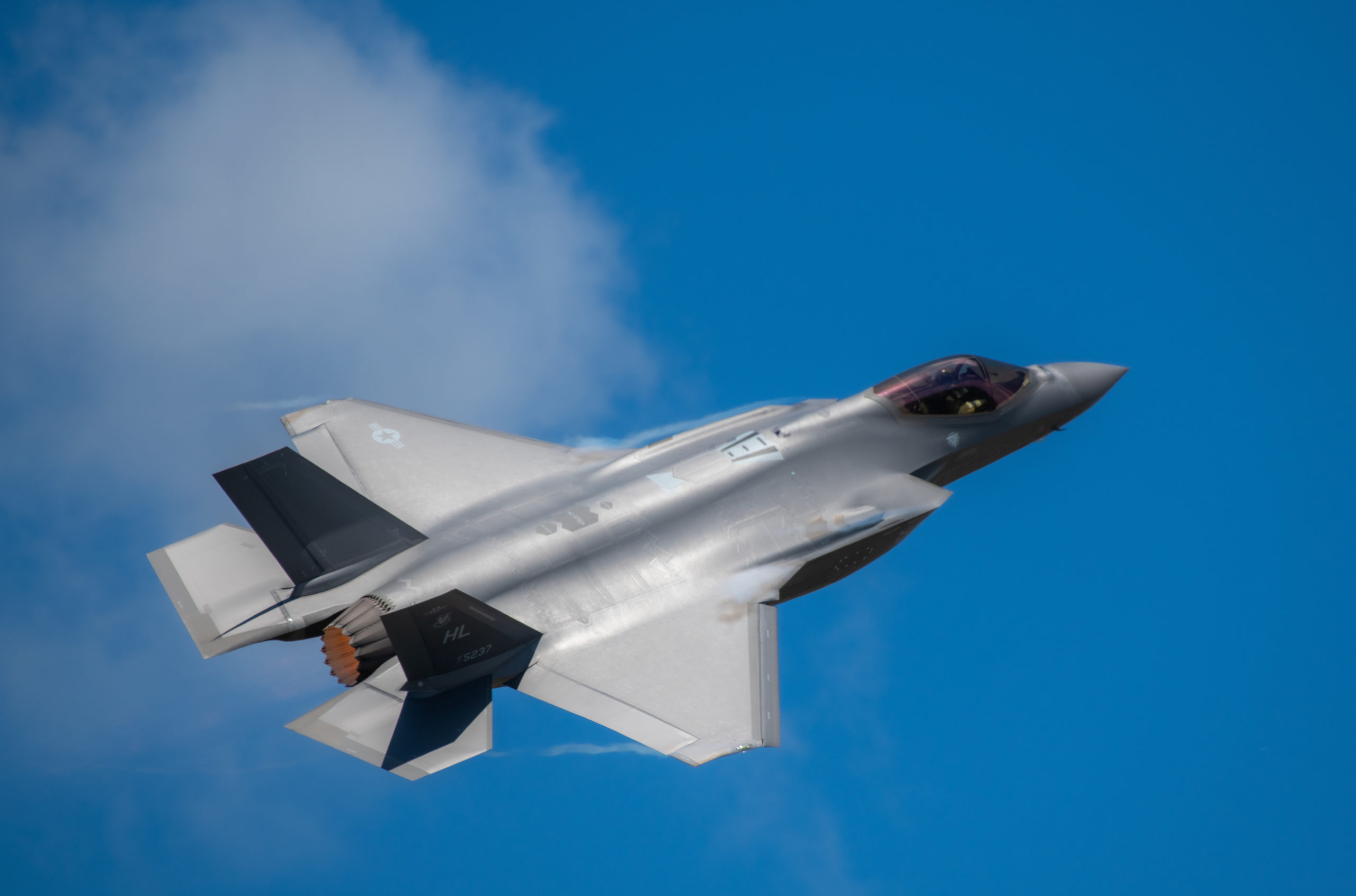An F-35A fighter assigned to the 388th Fighter Wing crashed at the north end of the runway at Hill Air Force Base, Utah, on Oct. 19. The incident occurred at about 6:15 p.m. local time, according to the wing.
The pilot ejected and was taken to a local medical center for observation, Hill Air Force Base said.
“Flying military aircraft is a risky business that we all accept when we go do it,” Col. Craig Andrle, commander of the 388th Fighter Wing, said in a news conference Oct. 19. “These things happen. Tonight, first and foremost, we’re thankful he’s OK. He got out of the aircraft.”
Hill Air Force Base and the 388th Fighter Wing asked followers on Twitter and Facebook who saw the crash or may have found related debris to reach out by email or phone. They said that the cause of the crash was unknown and would be investigated. Andrle said the pilot was returning to Hill from a routine training mission.
Hill is home to the 388th and 419th Fighter Wings, both of which fly the F-35A.
Security camera video obtained by a local news outlet showed the aircraft crashing into a mountainous area and erupting into flames. Multiple videos and photos posted to social media showed the ensuing fire. State fire officials said the crash caused an eight- to 10-acre wildfire on DOD land.
“All of us as pilots take every opportunity we have to mitigate the damage to anything on the ground, so I do know that the pilot made his best effort to avoid any buildings or anything on the ground prior to ejection,” Andrle said.
This was the seventh crash of the Lockheed Martin-made F-35. It was preceded by crashes of two USAF F-35As, two Marine Corps F-35Bs, one U.S. Navy F-35C, one Japan Air Self-Defense Force F-35A, and one Royal Air Force F-35B.
